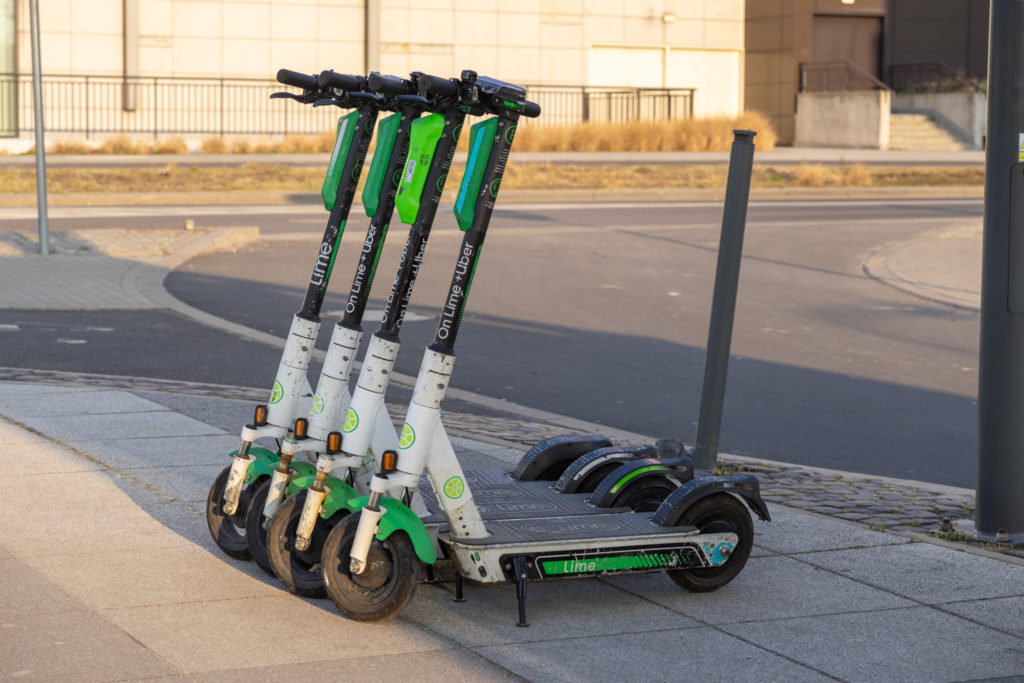Introduction
Cyclic Materials and Lime have announced a groundbreaking partnership to recycle rare earth magnets from decommissioned electric motors of e-bikes and e-scooters in the United States and Canada. This collaboration, revealed on Tuesday, marks the first large-scale recycling effort of its kind in North America's micromobility sector, focusing on a critical yet underutilized resource.
Main Body
Under the agreement, Cyclic Materials will serve as Lime’s preferred recycler for rare earth magnets in North America, handling materials from over 90,000 vehicles each year, which translates to at least 500 tonnes of material annually. Lime, which operates a fleet of more than 270,000 electric vehicles, will send decommissioned motors to Cyclic’s facilities in Mesa, Arizona, and Kingston, Ontario, for processing. The partnership leverages Cyclic’s innovative MagCycle and REEPure technologies to recover rare earth elements from end-of-life vehicles, addressing a significant gap in the recycling ecosystem.
Globally, less than 1% of rare earth magnets are recycled, creating what industry experts call an 'above-ground mine' of untapped resources. According to Adamas Intelligence, the US alone is expected to have over 43,000 metric tonnes of end-of-life NdFeB magnets by 2035. This collaboration between Cyclic and Lime sets a new standard for circularity in clean mobility, aligning with broader sustainability goals and the push for a resilient supply chain of rare earth elements—materials critical to clean energy technologies.
From an editorial perspective, this partnership is a timely response to the growing demand for sustainable practices in the clean energy sector. With rare earth elements being pivotal to technologies like electric vehicles and wind turbines, the recycling of these materials could mitigate supply chain vulnerabilities, especially given geopolitical tensions surrounding rare earth mining. However, questions remain: Can this model scale to other sectors beyond micromobility? And how will the economics of recycling compare to mining new materials in the long term? These are critical considerations as the world transitions to a net-zero future.
Conclusion
The Cyclic Materials and Lime partnership is a significant step toward sustainable resource management in the micromobility industry. By recycling rare earth magnets at scale, the initiative not only supports Lime’s net-zero ambitions but also sets a precedent for other industries to follow. As operations begin in the coming weeks, with a ramp-up planned for 2025, this collaboration could pave the way for a more circular economy in clean energy technologies.
